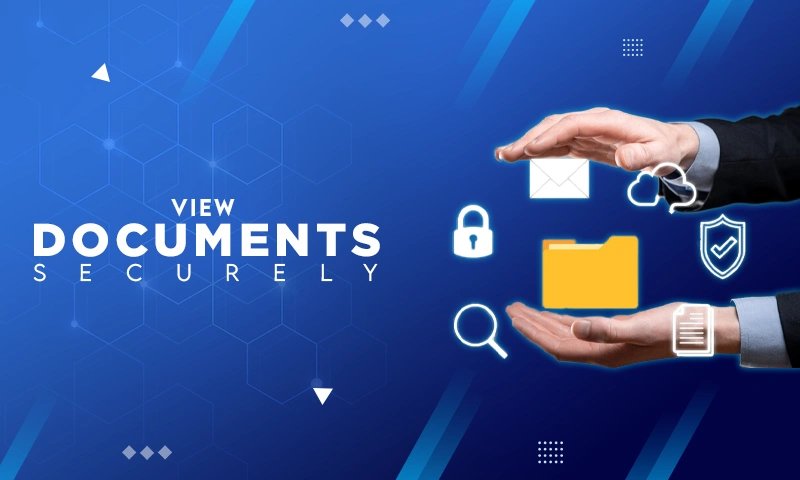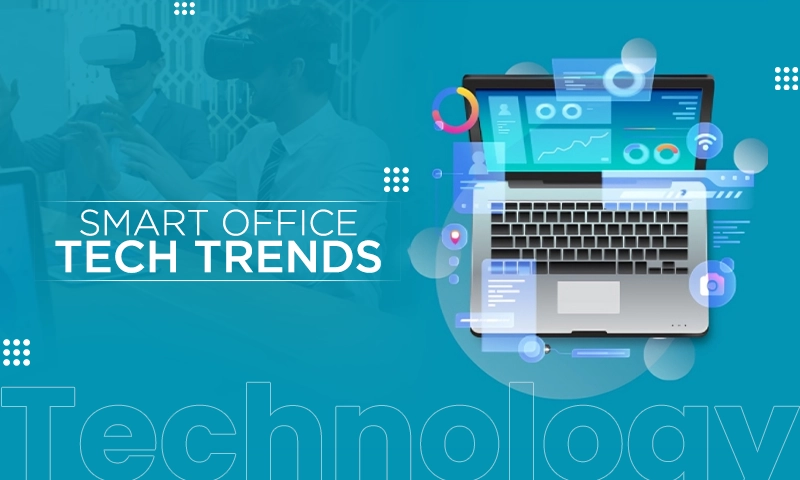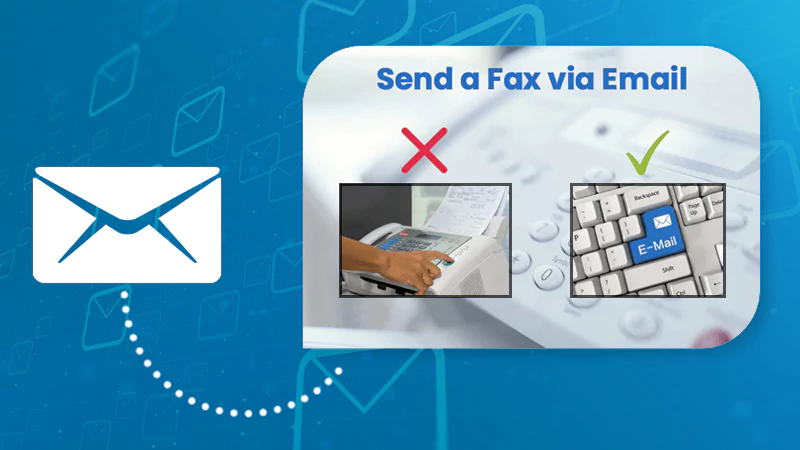15 Tips for Effective Digital Asset Management
Digital assets have become a crucial component in the arsenal of any organization, whether it’s for marketing, sales, or internal operations. As such, digital asset management (DAM) is no longer just an IT function: it has become a key component of corporate strategy and culture. DAM systems are now much more than simple folders for storing images, video, audio, and documents. They’re also platforms that enable companies to collaborate among teams and manage the entire lifecycle of their content. These assets can be used to build websites, produce online videos, create apps, make podcasts, design mobile applications, develop e-books, and so on — all with greater efficiency and lower cost than ever.
But managing a ton of these assets can be a problem, especially for teams functioning across various hybrid work models. To help managers out, here are tips for effective DAM implementation.
Plan Ahead
When implementing a new system like this, you should plan and set aside time to adjust to the new processes, policies, and procedures. While some changes will be necessary immediately after implementation, allow at least six months for full adoption and integration into your organization. This gives everyone ample time to adapt to the new environment.
Embrace Change
Change is inevitable when implementing any new system, particularly in this case where the technology is new and unfamiliar. Be prepared for some bumps along the way as you learn how to use your new system to its best advantage. But don’t let these challenges discourage you from making the change. Once you understand how your new DAM works, you’ll find that it makes work and collaboration easier. Various digital asset management resources are available today, including software, webinars, training materials, and user groups. Take advantage of them. You’ll need help getting started and figuring out what to do first. Don’t wait until later to seek assistance; get support now so you can begin to reap the benefits of your investment sooner rather than later.
Get Buy-in
You must get buy-in from senior managers across the company and all teams involved in creating and using digital assets. Ensure they know why this project was approved and what it means for the company. Get them excited about the possibilities — and the cost savings that come with a good digital asset management system. You may even want to bring in a vendor representative to explain some of the system’s features and functionality. Your users must understand exactly what they can do with the system and how to use it efficiently. Showing potential ROI is crucial to gaining support from upper management.
Put Things in Place Before Implementation
There’s nothing worse than having a new platform implemented without proper planning and preparation. Set up your DAM early on and test it thoroughly before implementation. The process itself takes considerable time and effort. If you put things in place beforehand, you’ll save yourself a lot of headaches down the road.
Assign a Project Manager
It’s essential to assign a project manager who understands the business objectives and requirements of the DAM system. This individual will oversee the implementation and work closely with the administrator to ensure the system works properly and meets the organization’s needs. Your team should include representatives from all departments using the system to understand how it works from end to end.
Establish Policies and Procedures
Before you launch the new system, it’s best to establish clear policies and guidelines for managing and using digital assets. For example, you’ll want to decide how often new content will be added. What types of files will be acceptable? Where will the images and other media be stored? How will they be accessed? Who has access rights? These decisions establish a consistent, efficient workflow for digital asset management.
Train Your Team
Once you’ve implemented your DAM, you’ll need to train employees on how to use it. Some people pick it up easily, while others need additional instruction and guidance. Be sure to provide plenty of time to devote to this task. Ideally, you’ll conduct a pilot program, testing the system to see if it works for you. Then you’ll be able to fine-tune the process before rolling it out to the rest of your organization.
Keep Records of Everything
The success of your digital asset management program depends on having accurate records of everything that happens within the system. Record all actions taken and all decisions made regarding digital assets. That way, you’ll have a record of everything that occurs and will be able to track usage patterns over time. Also, set up an archiving procedure so you can keep old files and versions of documents. This will prevent duplicate copies from being uploaded, resulting in confusion and wasted storage space.
Choose Your Storage Location Carefully
Choosing a location for digital assets to reside is critical to ensuring a smooth transition to your new system. When selecting the right location, consider the following:
- Will it serve multiple departments?
- Is it accessible to staff members throughout the organization?
- Can it scale with your business?
- Does it meet the security and compliance standards required by your organization?
Invest in Software Security
Look for robust security tools and protections that safeguard against unauthorized access, malware, viruses, and more. These systems should also protect your data from loss or corruption. Your DAM is only as secure as the software that runs it.
Use Automated Workflows
Workflow automation helps to streamline and expedite certain tasks, such as approving images and files for use. You can perform routine tasks without human intervention by setting up automated workflows. Not only does this help cut down on manual labor, but it frees up your team for other projects.
Define Key Performance Indicators (KPIs)
Defining key performance indicators, or KPIs, is important when implementing a new digital asset management system. These metrics will let you evaluate the effectiveness of your program over time. Your goals should be based on your unique organizational needs. For example, you might choose a metric such as “Time for Approval,” which allows you to measure how quickly your users can approve digital assets for use and how many resources are needed to manage the approval process.
Measure Results
One of the most important aspects of implementing any new system is measuring its results. Monitor your DAM system daily to see how it’s working for you. Take note of any issues that arise. Identify areas where improvements can be made. Compare the results with your expectations and determine whether your system meets your needs.
Also, Read: Internet Marketing Tactics
Regularly Review Reports
As you monitor your reports, periodically review them for trends. You may realize certain assets are used frequently. Or perhaps some pieces are not getting much traction. Either way, consider what’s happening and adjust your strategies accordingly.
Respond to Change
Remember, change isn’t always bad. It’s often necessary for growth and development. As your business evolves, your digital asset management system should evolve. Stay alert to changes within your organization, industry, and target audience. Adjust your processes and procedures to accommodate them.
Conclusion
Implementing a new digital asset management system takes careful planning and foresight. Taking the time to plan will help make the transition go much smoother. By following the steps above, you’ll ensure your new system meets your business objectives and provides the benefits you’re looking for.
Share
















